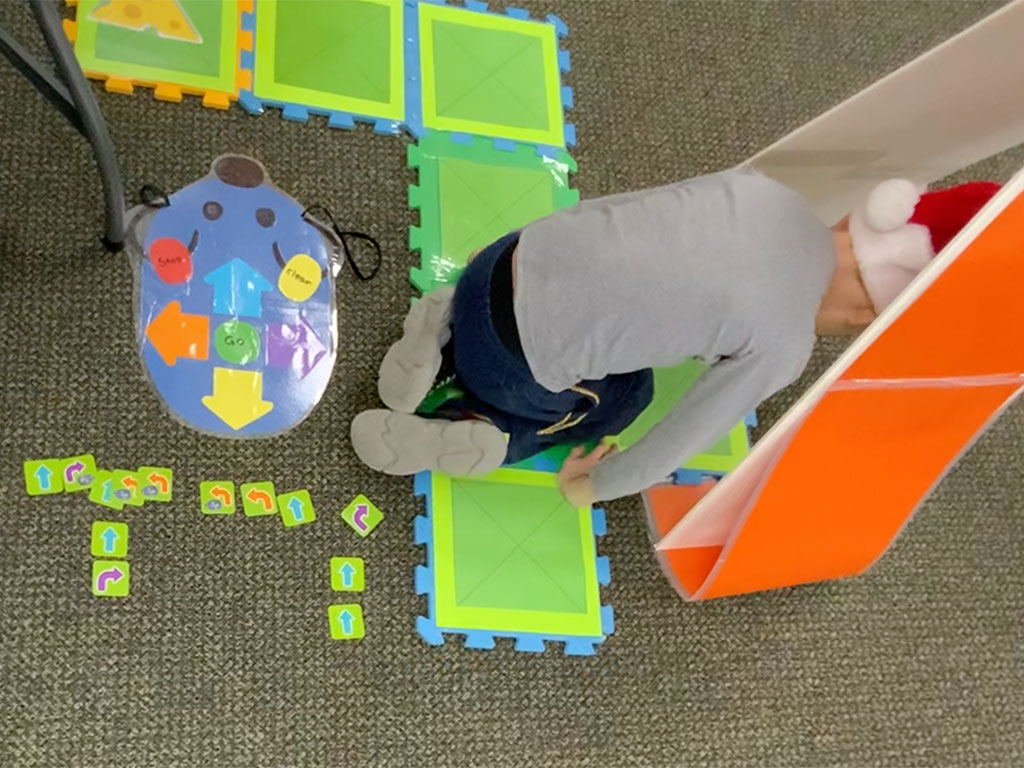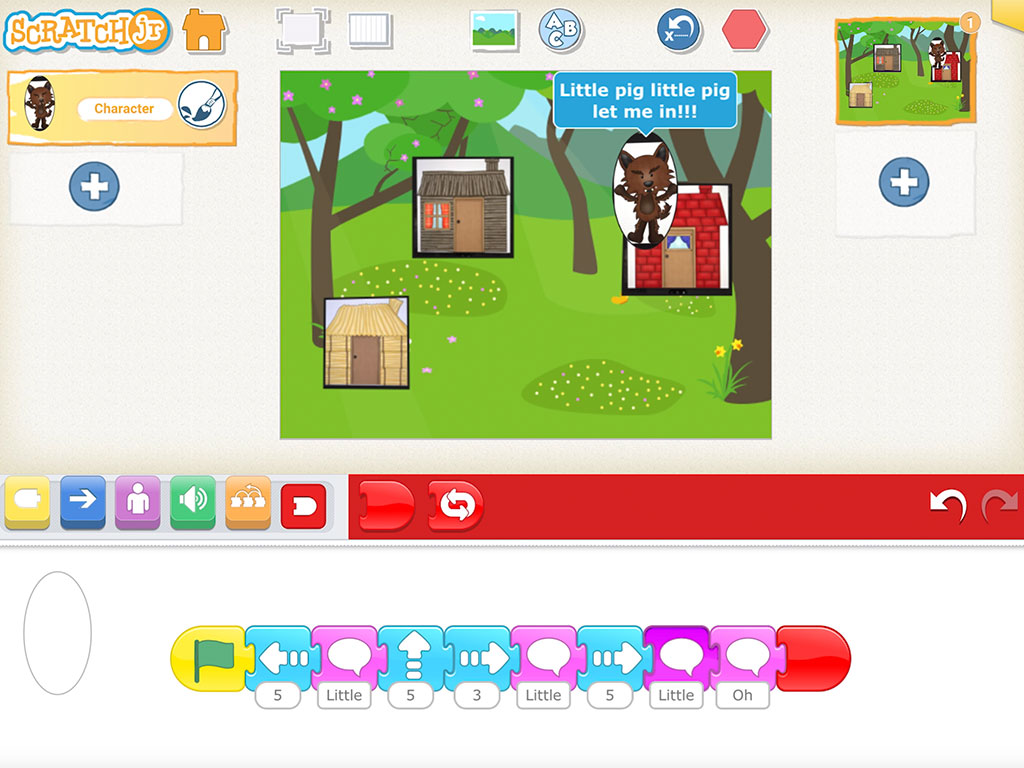Recent years have shown growing enthusiasm and awareness of the need for computer science (CS) education opportunities and particularly a need to engage students in CS ideas and practices to help them understand how computing influences our world. Computational thinking (CT) has been suggested as a path to achieve this goal by drawing and applying fundamental concepts from computer science to other domains. To achieve this end, CT should be infused early and often throughout K-12 curricula, better preparing students for CT and CS in life. However, a majority of the current work focuses on developing teachers’ and their students’ competencies in computational thinking at the high school level and primarily through coding tools (such as Scratch, Dash and Dot, etc.) as opposed to off-line or hybrid contexts in all areas of learning and engagement. We need to engage students earlier in CT.


We lack information and understanding on how to engage early elementary school students in computational thinking within the context of subject areas. In addition, teachers struggle with where to fit CT into the school day. As literacy is a strong push at the K-2 levels, teachers have expressed that literacy may be an ideal subject area to place CT. Therefore, this project will research the process of rethinking literacy “circle time”, which we are using in this proposal as a reference to whole group literacy instruction which often takes place in the front of the classroom and often in a circle, by exploring connections between literacy and CT to learn about how to help students gain key CT understandings. We will study the ecosystem of K-2 students, teachers, and researchers: (1) K-2 students as they engage in learning activities and lessons, (2) inservice and preservice teachers as they engage in instructional practices of integrated CT and literacy, and (3) researchers as we seek to develop models of learning environments that promote K-2 CT learning. The overarching research question that is being addressed through the project is: What are models for integrating computational thinking and literacy in K-2 classrooms that support key CT understandings and abilities for all students and guide high-leverage instructional practices for teachers? To answer this question, we will engage in a multi-tiered design experiment (Tier 1: Student Level, Tier 2: Teacher Level, Tier 3: Researcher Level) within the design-based research paradigm that incorporates feedback loops based on research focused on student learning; student interest and motivation with an emphasis on underrepresented populations (e.g., girls); and on the instructional innovations, practices, and experiences of both inservice and preservice teachers.
The main questions at each tier that will guide the tier study and sub-questions that will guide each stage of the research and will develop as the research continues. The main research questions for each tier are as follows:
- Tier 1: Student Level: What are K-2 student conceptual models of key CT understandings and abilities that result from participation in integrated CT and literacy learning tasks?
- Tier 2: Teacher Level:: What are models for integrating computational thinking and literacy in K-2 classrooms that guide high-leverage instructional practices for teachers?
- Tier 3: Researcher Level: What are the conceptual models of key CT understandings in K-2 students and high-leverage instructional moves in K-2 teachers? And how can the conceptual models be translated into practical models for student learning outcomes, instruction, curriculum development, and research endeavors?

